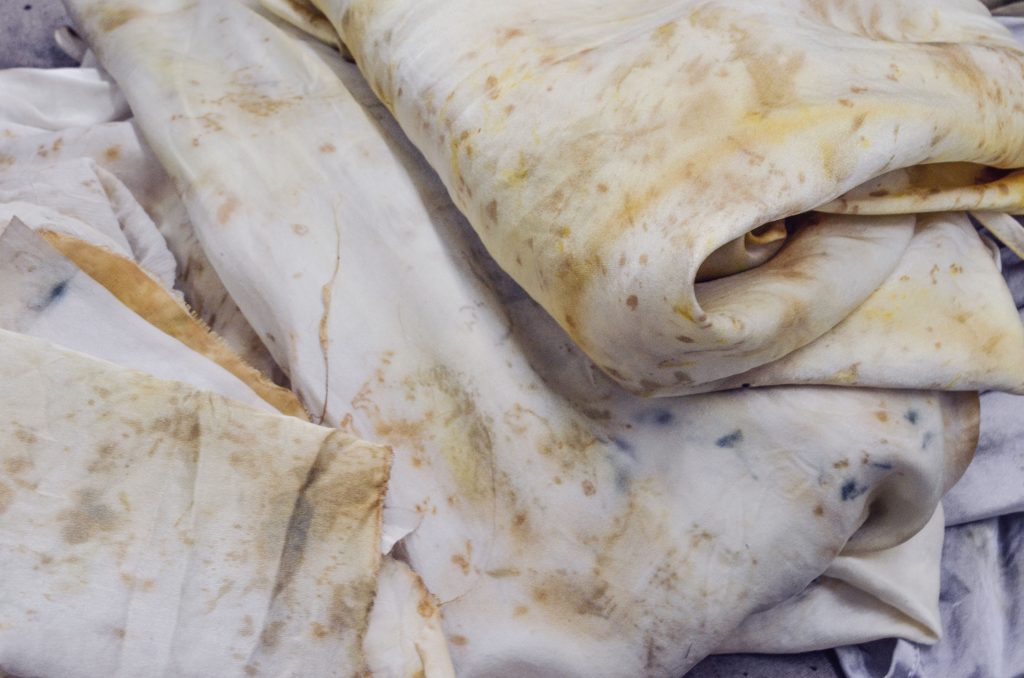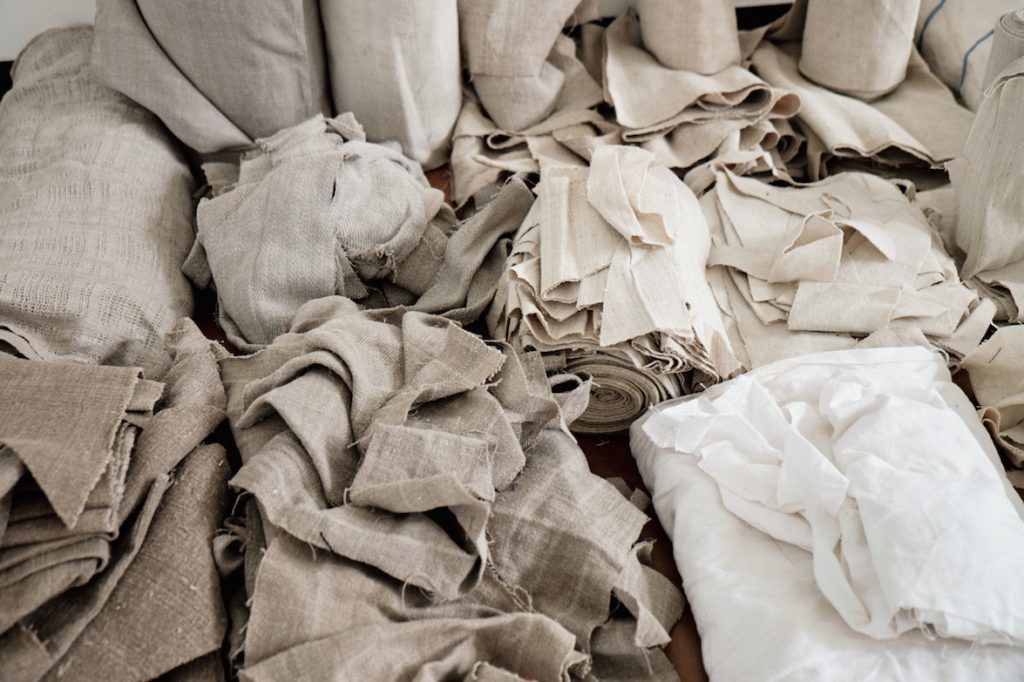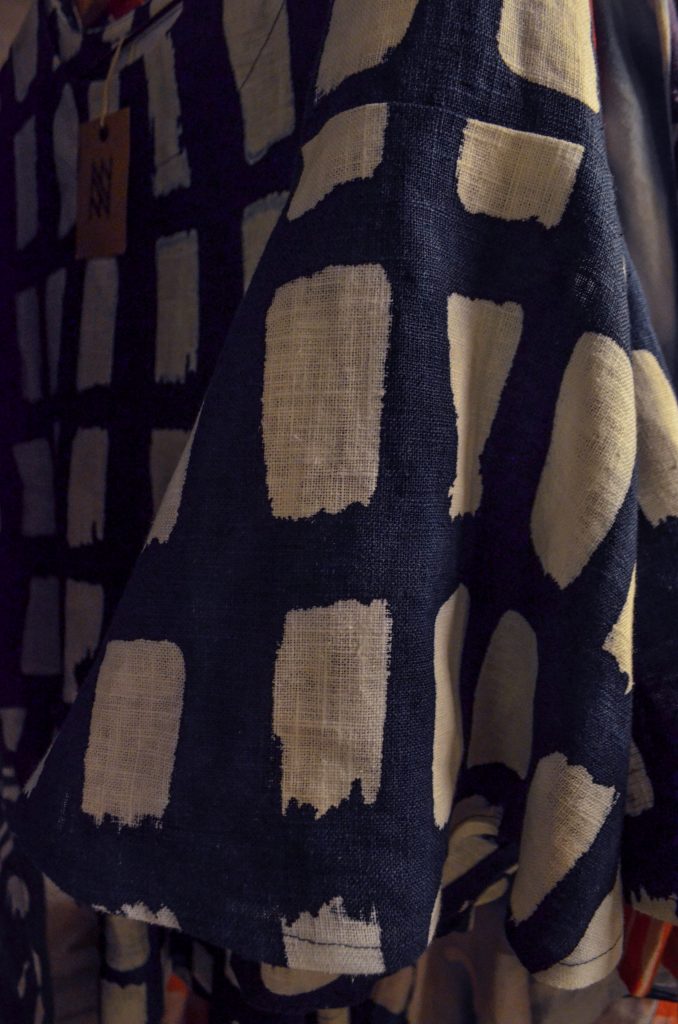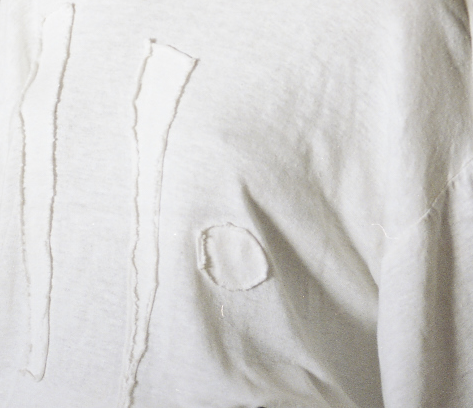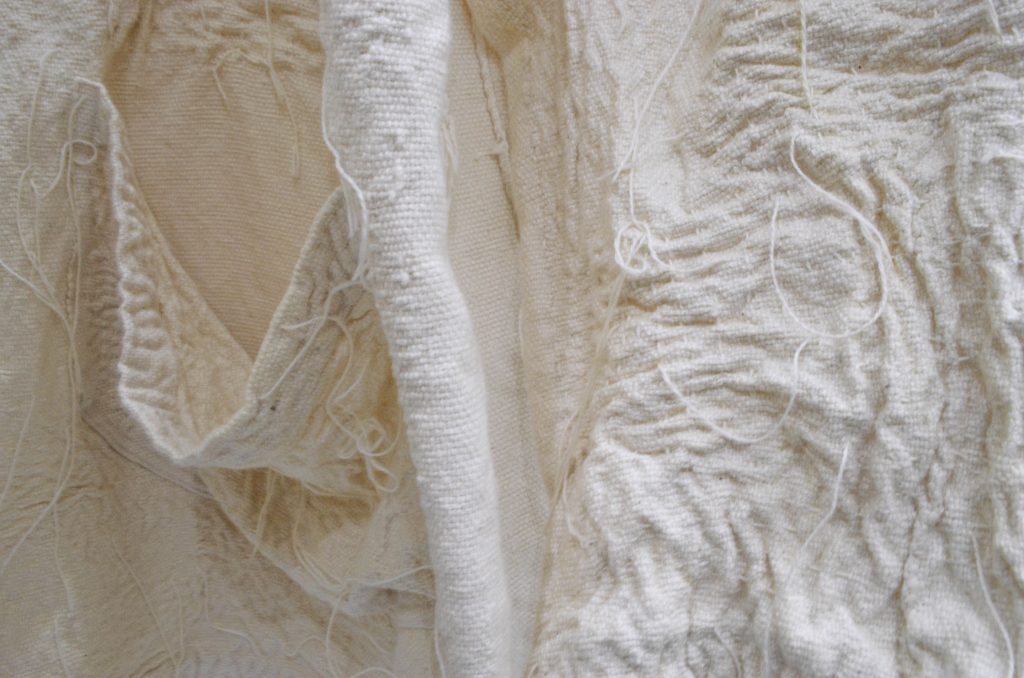What are Sustainable Textiles
Sustainability can be a difficult topic to grasp; that’s why we are attempting to look at it from every angle possible here at The Maker Journal. We would like to invite you on a journey to discover sustainable textiles. There are many ways of going about the sustainability of textiles, and people see it from different perspectives and consider different factors. Sustainability at it’s core means being able to maintain an activity at its current rate and level, and keeping a balance. A sustainable textile is therefore one that derives in a manner that doesn’t deplete the resource. It is also a textile that comes from sources that do not use natural resources at all, but utilises materials that have already been produced for another purpose. Sustainable textiles could therefore be naturally sourced or recycled.
This is where opinions differ about what is a truly eco friendly product, because you can consider the entire life cycle of a material in different ways. Some argue that we should favour biodegradable, so natural fabrics, because they will not cause toxins to go into the landfill or be incinerated. They believe we should not use textiles made out of non biodegradable, recycled materials because they may be harmful to us because of toxins, as well as the planet. Others argue that since we already have an excess of non biodegradable materials we should utilise them in fabrics instead of just chucking them in the landfill, where they would end up anyway.
Recycled textile could be for example reclaimed fabrics or yarn, also known as deadstock, end of the roll, surplus, pre consumer waste or upcycled. What is meant by those terms is the fabric that is leftover and not used in the production of collections by large factories. These sort of fabrics are therefore the same ones that large high street brands have used in the production of their clothes, and the selection is limited to the fabrics that they have purchased in large quantities.
Recycled textile can also be made out of tiny particles of a material that was on its way to a landfill, that have been broken down and woven into an entirely new fabric; these are usually more innovative fabrics that you probably wouldn’t have heard of, such as Evrnu. Evrnu comes from recycled cotton garment waste. A more common fabric you may have heard of is one made out of recycled plastic bottles or polyester; this is often used for swimwear. These fabrics may feel and look slightly different from other fabrics you may have been used to, and will differ from the textiles that are seen in mainstream markets.
Another way of looking at sustainable textiles is textiles made out ‘by-product’, so innovations like pineapple and fish leather, that derive from unused skins from food products. There are a lot of innovations being made at this front, such as S.Cafe, that makes use of coffee grinds from major retailers, to make a naturally odor-masking, energy effective fabric. There are also multiple fabrics made from more unusual sources such as pineapple cloth, banana silk and soybean silk that are all by-products of the food item and would therefore otherwise have gone to waste. These are highly sustainable alternatives to other natural fibers, and will give added value with their unique colour and texture.
The most obvious way of looking at sustainable textiles is natural fibres; this can be anything harvested from nature or animals that has not been mixed with a synthetic textile. Most common examples of sustainable natural fibres harvested from nature are linen, jute, hemp and nettle. Cotton production has been largely debated over in the recent years, and organic cotton is not a much better option either; it tends to require pesticides and a lot of water; much more than other fibres. Bamboo is another natural textile and the most sustainable fibre; if produced mechanically, which is sometimes called bamboo linen. This however is very rare as it is so labour intensive, and so most bamboo is produced using chemical heavy methods. Nettle is a good alternative to bamboo, as it isn’t produced using chemicals and grows abundantly around the world. It is a resource that was used for weaving clothes before the industrial revolution but was forgotten. Natural fibres harvested from animals include leather, wool, alpaca and silk. In Eri silk or peace silk, the moth doesn’t die and is set free, making it a suitable option for vegans. Wool comes from sheep and goats, doesn’t harm the animal and is a renewable source. Alpacas, Llamas, Vicunas and Guanacos produce finer, more expensive fibres, and these animals originate from South America.
Regenerated fabrics becomes a much more difficult topic to discuss, as it is a scientific process including chemicals that are harmful to the environment. However, there are two types of regenerated fabrics that are environmentally friendly; Modal and Tencel. These two have been made in a way that captures and recycles most of the chemicals it uses, and the rest are decomposed. As they are made from wood pulp, a renewable resource it is a highly sustainable option. Bamboo is another regenerated fabric, but the process of making it is chemical intensive, and not sustainable
There are textile innovations being made frequently, but brands and designers have been shy to utilise them, instead going for conventional textiles such as cotton. A lot of them also don’t make it to a commercial level, because big factories need textiles in large quantities and may not have the resources to experiment with new textiles or the authority to recommend them to brands. It is therefore in the hands of artisan communities and smaller brands to keep inventing, exploring and utilising new techniques in textile production.


